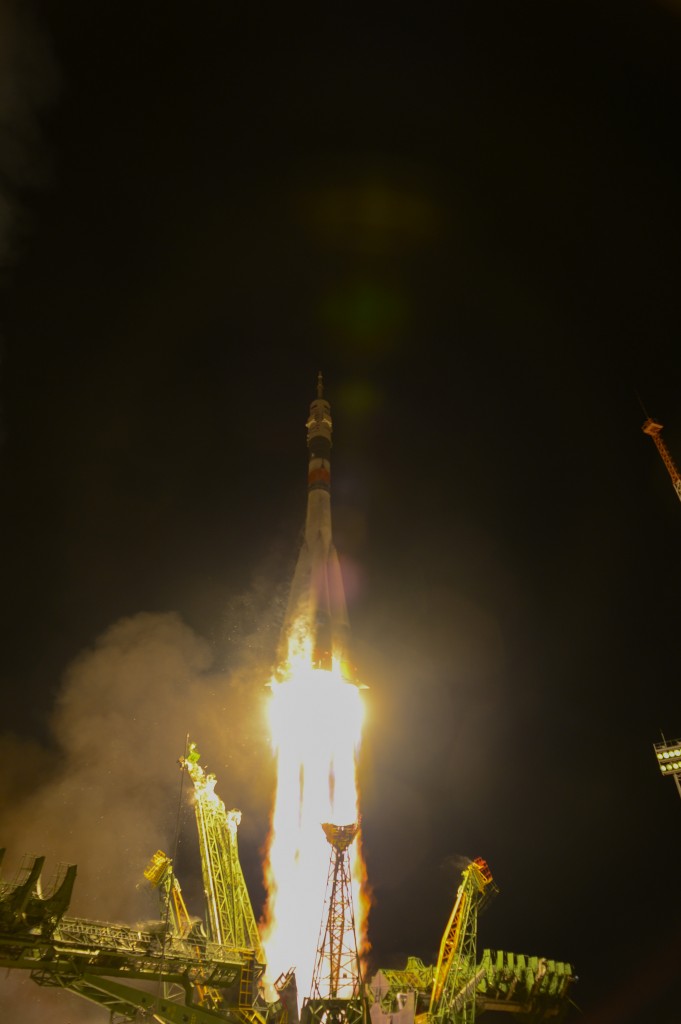Coincidentally coming after 23 November, we’ve heard several reports of objects spotted streaking across the pre-dawn sky over central Europe.
- An observer in Altena, Westfalen, Germany, witnessed the re-entry of a ‘space object’ at approx. 04:40 CET in the morning of 26 November. The object was moving from West to East with the appearance of a comet.
- Also on 26 November, pilot flying near Belgrade at 38,000ft saw a ‘huge number of glowing pieces of whatever, flying high above us in a south-easterly direction’ at about 04:30 CET. The event lasted some 15-20 seconds before the whole shower of burning pieces passed on the left side of the cockpit, much higher than the plane (see video below).
- Again on 26 November: Around 04:38 CET, an observer in Heilbronn, Germany, saw an object, coloured a bright, fiery red, trailed by a ‘smokey’ contrail moving very quickly toward the South-East.
YouTube video showing what is thought to be a Soyuz upper stage making a destructive re-entry around 05:00 CET on 26 November above Belgrade? Credit: Aleksandar F
We checked in with Holger Krag, Head of ESA’s Space Debris Office at ESOC, Darmstadt, who provided us this reply:
These descriptions match quite precisely with a USSTRATCOM report on the re-entry of the Soyuz SL-4 rocket body launched on 23 November 2014 that carried ESA astronaut Samantha Cristoforetti and her crewmates Anton Shkaplerov and Terry Virts to the ISS. Apparently, this re-entry of Soyuz stages – three days after launch across central Europe – appears more likely when the 6-hour ‘fast track’ approach for deliveries to the ISS is used.
We had at least one previous example on 24 December 2011, when the Soyuz upper stage that launched André Kuipers similarly re-entered – there were many eye witnesses in the Netherlands and Germany.
In addition ESA’s Tim Flohrer, also at the Space Debris Office, adds:
Beside the event on 24 December 2011 that Holger mentioned, we also had previous reports for a re-entry on 13 February 2013 (that time from the south of Germany and from pilots flying in Czech airspace), matching precisely the expected re-entry of USSTRATCOM object number 39083, the Progress-M 18M launched on 11 February 2013. That one didn’t get much attention, as we had the Chelyabinsk impact shortly after that.
Both experts stress that these re-entries pose an extremely tiny risk to anyone on ground or in an aircraft; the near-total destruction of the upper stage takes place at an altitude around 80-100 km, and almost no objects of any significant size survive to reach ground.


Discussion: one comment
An analysis of Dutch, German and Hungarian photographic and video records of the Soyuz re-entry can be found here, including trajectory reconstructions and approximate atmospheric altitude reconstructions:
https://sattrackcam.blogspot.nl/2014/12/analysis-of-2014-074b-soyuz-rb-re-entry.html